Time to take up the fight against wildfires
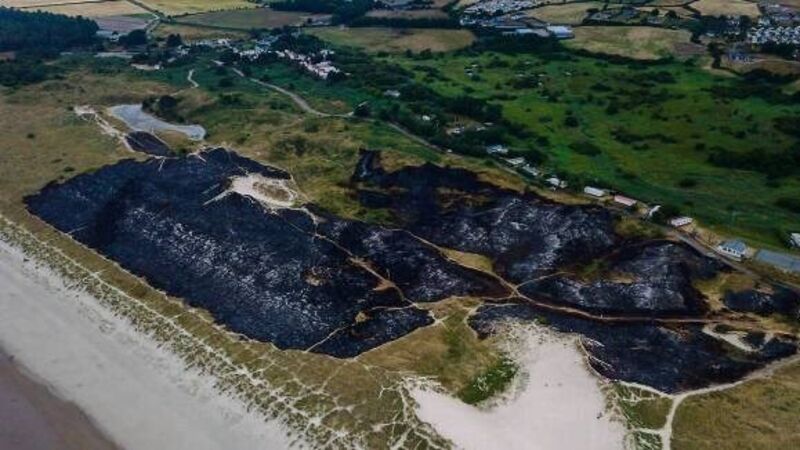
One of the worst seasons of wildfires in 2017 has been followed by raging fires this year that have devastated our most valuable habitats, writes .
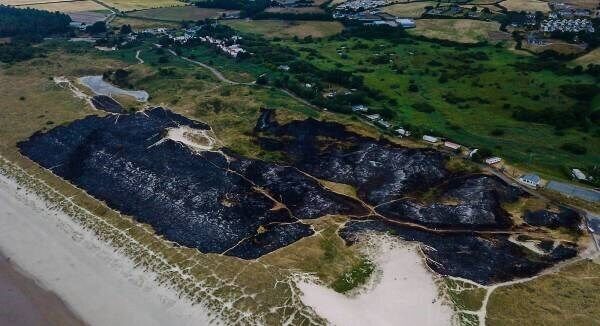
Ireland has a major wildfire problem.
Last year, we witnessed one of the worst seasons of wildfires in recent times mostly as a result of human activity. For very different reasons, this year has proven to be just as deadly as 2017.
Last spring, megafires at Cloosh in Connemara, the hills of Gougane Barra, and the Ox Mountains in Sligo were among hundreds of smaller fires across mostly mountain areas which devastated habitats in their path.
At least half of these were in areas designated for nature conservation.
It wasn’t a one-off. Wildfires have been an annual occurrence since the turn of the century, driven in no small part by the need for the shrinking number of upland sheep farmers to comply with rules qualifying them for State subsidies.
This year, in response, the Department of Agriculture vowed to withhold payments to farmers with burnt land and although no one wants to see blameless landowners penalised, there was at least the feeling that the message that torching land was not acceptable was sinking in.
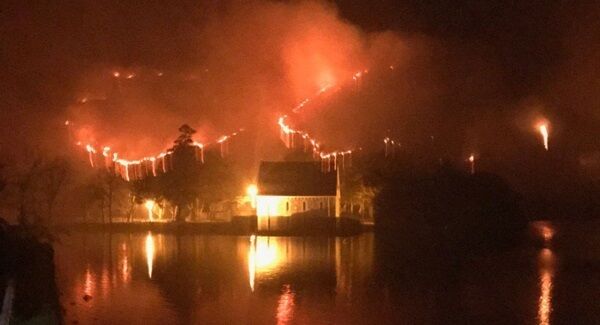
This spring was uncharacteristically wet and whether it was the new rules or the bad weather, it was mercifully quiet on the fire front.
By May, we thought the worst was over as new growth tends to reduce the flammability of vegetation. For the first time in many years, it was felt that the hills were finally getting some respite.
Alas, we hadn’t counted on the summer drought which has parched land across the country.
Raging fires have swept across some of our most valuable natural areas, including the Slieve Bloom Mountains, the Liffey Head Bog, and Bray Head in Wicklow and even the sand dunes in Cahore in Co Wexford, where miraculously people escaped without injury.
The problem with wildfires is not new. Not only do we have a ‘tradition’ of burning uplands to accommodate grazing animals, but we also have a general lack of awareness of the vulnerability of our landscape to fires.
In hotter, drier countries like Australia, lighting fires in the outback is met with stiff penalties while no one would dream of holding an event releasing ‘Chinese lanterns’ into the hot summer air (itself an act of ‘pretty littering’).
Deforestation, river drainage schemes, closely packed plantations of non-native trees, and the stripping away of our peatlands, mostly designed to speed the departure of water off the land, have left our landscape woefully vulnerable to weather extremes.
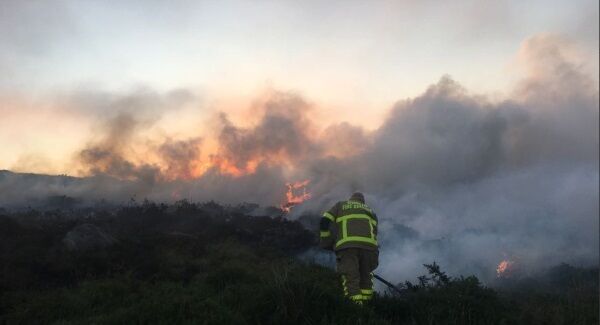
It has left upland and mountain areas in particular practically devoid of its distinctive wildlife.
Birds which were common and widespread only 30 years ago like the red grouse, the curlew, and the ring ouzel, now hang on in few corners.
The nightjar may already be extinct as no one has seen it in years.
The much-vaunted reintroduction of the golden eagle, now nearly 20 years ago, can’t yet be considered a success as the tiny population struggles to find food in a barren landscape.
The effects of climate change, with warmer, drier summers and wetter winters, were long predicted by our scientists but society’s leaders plugged their ears.
Now that it’s coming to pass, we find that we have destroyed the natural systems — our native forests, wetlands, bogs, and rivers — which had developed over thousands of years to be resilient to such extremes and are now not able to cope.
More than 11,500km of rivers (predominantly in the lowlands) are subject to ‘arterial drainage schemes’ which straighten and deepen naturally meandering water courses.
Drainage programmes are still carried out under legislation from 1945 with little sympathy for fish life, never mind the fact that these days natural flood alleviation is now widely regarded as cheaper and more effective.
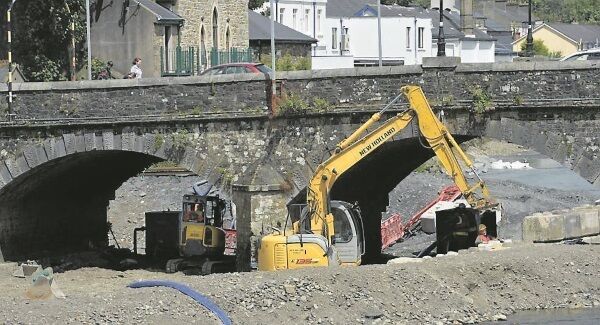
The River Bandon in Cork, for instance, has been a construction site for the last year and a half, with heavy vehicles literally using the river bed as roadway.
Less than 1% of the midlands bogs remain while only around 28% of the vast western blanket bogs ‘are worthy of conservation’ (ie salvageable).
So much effort has been put into drying out a habitat which has evolved to hold on to water that our peatlands are now a massive source of carbon emissions, and that is before it is burnt in one of the three ESB turf electricity stations.
Less than 2% of our land cover is under native woodland as our expensive, State-funded forestry model is based on monoculture plantations and all its attendant land drainage, pesticide use, and pollution.
Restoring our rivers, bogs, and woodlands is surely the best insurance programme we can invest in to minimise the worst impacts of climate change.
The International Union for the Conservation of Nature in the UK said last year that “the most effective long-term sustainable solution for addressing wildfire risk on peatlands is to return sites to fully functioning bog habitat by removing those factors that can cause degradation, such as drainage, livestock, management and burning regimes”.
Native forest, meanwhile, holds water with its deeper roots and leafy shade.
That nature also protects our water supply, traps carbon in long-term stores, and is a joy to behold surely makes this argument a no-brainer.
It’s time to bring nature back.









